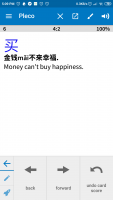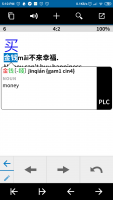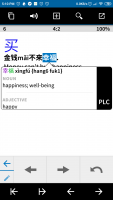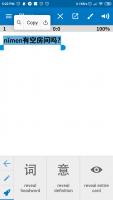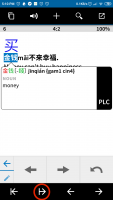Newbie here, and have just tried importing this set of cards (awesome work, by the way!). I need traditional characters as well as simplified. When importing (file: tatoeba-cn-eng.txt), the settings were: Definition source: prefer file; Dictionaries: Tuttle, Pleco, CC; Store in user dict: yes; Fill in missing fields: yes; Missing entries: create blank.
This didn't result in any traditional headwords being created in the cards. I then tried Organise>Tatoeba CN-ENG>Edit>All>Batch>Add Traditional Headwords. (Other settings: Apply changes to: selected; Category: Tatoeba CN-ENG.)
Still nothing. If I find a single card which should have a different traditional character in the phrase and click to edit it, the field "Traditional Character Headwords" is empty.
Suggestions for solutions would be appreciated, as I haven't found any possibilities from searching.

